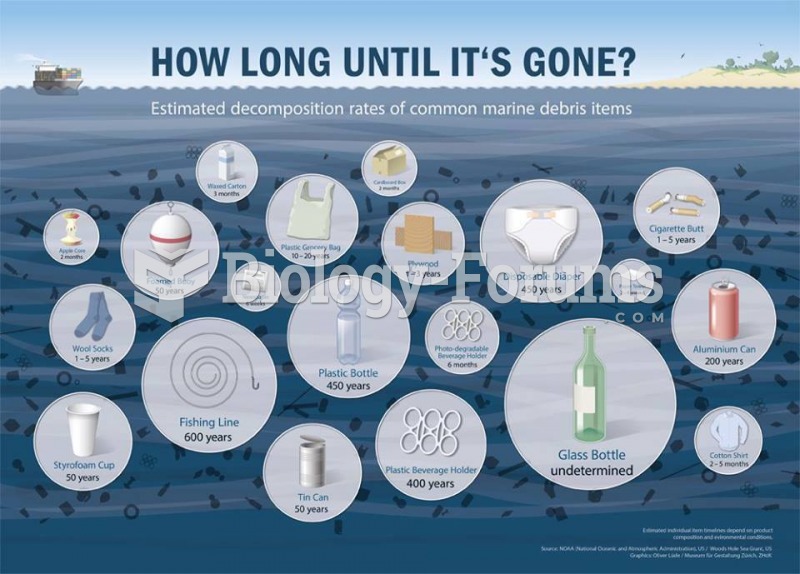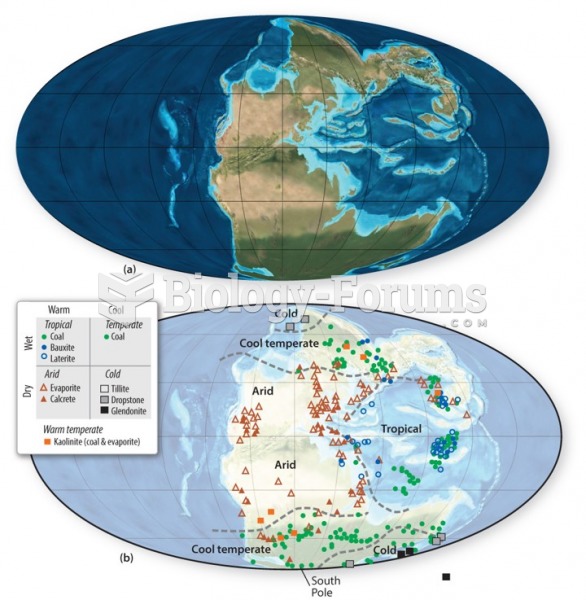Answer to Question 1True
Answer to Question 2Plate tectonic forces have had immense influence on the margins of continents, including the
edges of the United States. The results of plate movement on the Pacific coast differ greatly
from those on the Atlantic and Gulf coasts, primarily because the Pacific coast is near an
active plate margin and the Atlantic and Gulf coasts are not.
(1) The Pacific coast is an actively rising margin on which volcanoes, earthquakes, and other
indications of recent tectonic activity are easily observed. Pacific coast beaches are typically
interrupted by jagged rocky headlands, volcanic intrusions, and the effects of submarine
canyons. Wave-cut terraces are found as much as 400 meters above sea level in a number of
places, evidence that tectonic uplift has exceeded the general rise in sea level over the past
million years. Most of the sediments on the Pacific coast originated from erosion of relatively
young granitic or volcanic rocks of nearby mountains. The particles of quartz and feldspar
that constitute most of the sand were transported to the shore by flowing rivers. The volume
of sedimentary material transported to Pacific coast beaches from inland areas activity greatly
exceeds the amount originating at the coastal cliffs. Deltas tend not to form at Pacific coast
river mouths because the continental shelf is narrow, river flow is generally low (except the
Columbia River), and beaches are usually high in wave energy. The predominant direction of
longshore drift is to the south because northern storms provide most of the wave energy.
(2) The Atlantic coast is a passive margin, tectonically calm and subsiding because of its
trailing position on the North American Plate. Subsidence along the coast has been
considerable over the last 150 million years. A deep layer of sediment has built up offshore,
material that helped produce todays barrier islands. Coastal sinking and rising sea level have
combined to submerge some parts of the Atlantic coast at a rate of about 0.3 meter per
century. This process has formed the huge flooded valleys of Chesapeake and Delaware bays,
the landward-migrating barrier islands, and the shrinking lowlands of Florida and Georgia.
As on the Pacific coast, sediments are transported coastward by rivers from eroding inland
mountains, but the transported material is trapped in estuaries and therefore plays a less
important role on beaches. Eastern beaches are typically formed of sediments from shores
eroding nearby or from the shoreward movement of offshore deposits laid down when the sea
level was lower. The amount of sand in an area thus depends in part on the resistance or
susceptibility of nearby shores to erosion. Sand moves generally south on these beaches just
as it does on the Pacific coast, but the volume of moving sand is less in the East.







